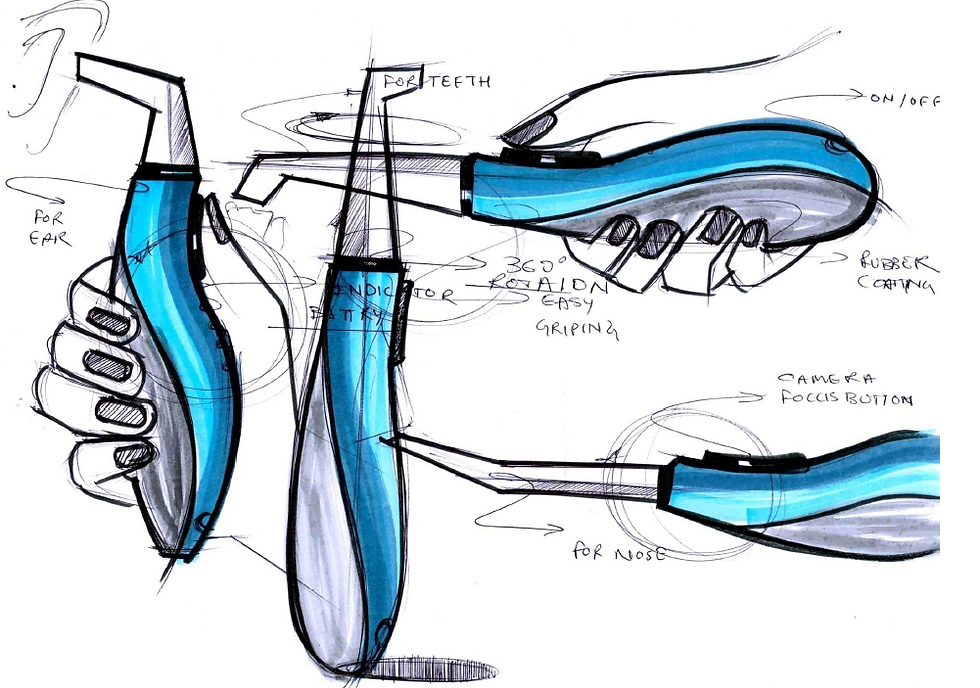
Designing and developing a product from scratch is an exciting and rewarding journey for any entrepreneur, inventor, or business owner. However, it also involves many challenges, risks, and uncertainties. In this blog, we will guide you through the essential steps and best practices to create a successful product from scratch, whether it is a physical, digital, or hybrid product.
Step 1: Identify a Need or a Problem
The first and most important step in product development is to identify a need or a problem that your product will address. This will help you define the value proposition and the target market of your product. To identify a need or a problem, you can use various methods, such as:
Conducting market research and analysis to find gaps and opportunities in existing products or services
Talking to potential customers and users to understand their pain points, needs, and expectations
Observing and experiencing the problem yourself or empathizing with the people who face it
Brainstorming and generating ideas based on your own insights, passions, and expertise
Step 2: Conceptualize Your Idea
Once you have identified a need or a problem, the next step is to conceptualize your idea and generate possible solutions. This is where you unleash your creativity and innovation and explore different ways to solve the problem or fulfill the need. To conceptualize your idea, you can use various techniques, such as:
Sketching and drawing your idea on paper or using digital tools
Creating a mind map or a storyboard to visualize your idea and its features
Building a low-fidelity prototype or a mock-up using off-the-shelf components or materials
Testing and validating your idea with potential customers and users to get feedback and refine your concept
Step 3: Conduct a Business Analysis
Before you invest too much time and money into developing your product, you need to conduct a business analysis to evaluate the feasibility and viability of your product. This will help you determine if your product has a market potential, a competitive edge, and a profitable business model. To conduct a business analysis, you need to answer questions such as:
Who are your target customers and users and what are their characteristics, behaviors, and preferences?
Who are your competitors and what are their strengths, weaknesses, opportunities, and threats?
How will you price, distribute, and promote your product to reach and attract your target market?
How much will it cost to develop, produce, and launch your product and how much revenue and profit will it generate?
What are the risks and challenges that you might face in developing and marketing your product and how will you overcome them?
Step 4: Design and Develop Your Product
This is the core step of product development, where you transform your idea into a tangible and functional product. This step involves designing and developing both the hardware and the software components of your product, as well as integrating them into a seamless user experience. To design and develop your product, you need to follow these sub-steps:
Create a product roadmap and a minimum viable product (MVP) that defines the scope, timeline, and deliverables of your product development process
Design the hardware components of your product, such as the circuit board, the sensors, the actuators, the power supply, and the enclosure, using electronic design software and tools
Design the software components of your product, such as the firmware, the user interface, the backend, and the cloud, using software development platforms and languages
Build, test, and iterate your product using various prototyping methods, such as 3D printing, CNC machining, PCB fabrication, and assembly
Optimize your product for performance, reliability, usability, and aesthetics, as well as for cost, size, and power consumption
Step 5: Launch and Market Your Product
The final step of product development is to launch and market your product to your target audience and customers. This step involves preparing your product for mass production, certification, and distribution, as well as creating and executing a marketing strategy and plan. To launch and market your product, you need to do the following:
Find a reliable and reputable manufacturer or supplier that can produce and deliver your product at the required quality, quantity, and cost
Obtain the necessary certifications and approvals for your product, such as CE, FCC, UL, RoHS, and others, depending on your product type and market
Choose the best distribution channels and partners for your product, such as online platforms, retail stores, wholesalers, or distributors
Create a compelling brand identity and story for your product, as well as a unique selling proposition and a value proposition
Implement a marketing mix that consists of the four Ps: product, price, place, and promotion, to reach and persuade your target market
Conclusion
Designing and developing a product from scratch is a complex and challenging process that requires a lot of planning, research, testing, and iteration. However, it is also a rewarding and fulfilling process that can bring your vision to life and create value for your customers and your business. If you are looking for a product design and development partner that can help you create a successful product from scratch, you can consider Criador Labs, a product design studio in Bangalore that specializes in electronic product design and development. Criador Labs has a team of experienced and skilled engineers, designers, and developers that can help you with every aspect of product development, from ideation to production. Criador Labs has worked with clients from various industries and domains, such as healthcare, education, IoT, robotics, and more. Criador Labs offers services such as:
Product strategy and consulting
Hardware design and development
Software design and development
Prototyping and testing
Manufacturing and certification
Product launch and support
If you are interested in working with Criador Labs, you can visit our website here

Comments